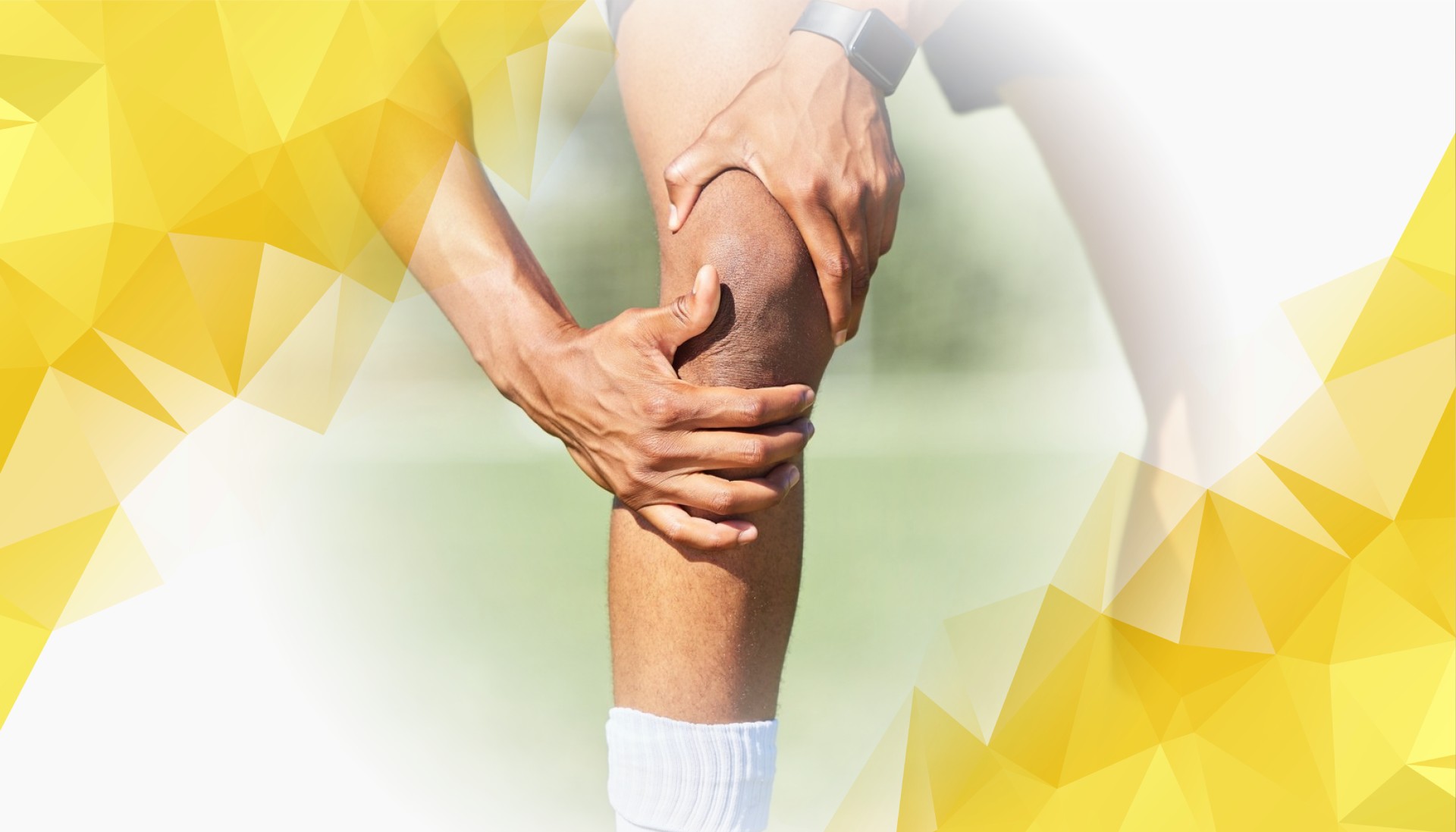Introduction
Healthy knees are key to staying active and enjoying daily life, but conditions like osteoarthritis and meniscus tears often get in the way. These common issues can cause pain, stiffness, and limit your ability to move freely. Traditional treatments usually focus on easing symptoms rather than addressing the root causes, leaving many people frustrated with lingering discomfort and lengthy recoveries. That’s where MAI Motion makes a difference. This innovative approach leverages advanced technology and scientific insights to not only manage symptoms, but also support real healing and improved knee function . In this article, we’ll look at how MAI Motion is creating new possibilities in knee care .
Understanding Osteoarthritis and Meniscus Tears
Osteoarthritis happens when the cartilage that cushions your knee joint wears down over time. This leads to pain, swelling, and less flexibility. Meniscus tears , meanwhile, involve injury or degeneration of the cartilage pads that act as shock absorbers between your thigh and shin bones. They can occur suddenly—like during a quick twist—or gradually from everyday use.
Both conditions are tricky to treat because the knee is a complex joint, and cartilage doesn’t heal well on its own. Traditional treatments range from over-the-counter pain relief and physiotherapy, to more invasive procedures like knee arthroscopy or even joint replacement in severe cases. Unfortunately, these options often fall short—either by failing to fully restore mobility, or by requiring surgery with long recovery times.
MAI Motion offers a new path forward. Rather than just managing symptoms, this approach focuses on improving how the knee moves and functions, giving your body a better chance to heal. This makes it a promising addition—or even alternative—to conventional treatments.
What Makes MAI Motion Different?
MAI Motion stands out by combining wearable sensors and personalised treatment plans. Small, unobtrusive devices track your knee’s movement and the forces acting upon it throughout daily activities. This real-time data is shared with you and your care team, so therapy can be adapted specifically for your needs and progress.
Recent research using the MAI Motion system has highlighted how movement analysis, especially in activities like standing up from a chair, can help therapists assess and fine-tune treatment plans. With modern technology, these wearable sensors can collect accurate movement data without the need for complex marker-based setups or expensive labs.
Thanks to artificial intelligence and video analysis, clinicians can now get a clearer picture of your knee ’s biomechanics in real-world settings. This level of insight means that rehabilitation can be more targeted, measurable, and effective. Compared to older methods, MAI Motion ’s approach doesn’t require placing markers on your body, making the process more comfortable and allowing for more natural movement during assessment.
Blending state-of-the-art technology with proven rehabilitation techniques , MAI Motion addresses many shortcomings of traditional care—helping people return to their normal routines with stronger, healthier knees.
How MAI Motion is Changing Clinical Practice and What’s Next
Introducing MAI Motion into everyday care is a game changer for both patients and healthcare providers. Its real-time, personalised data fits seamlessly with modern rehab strategies, enabling clinicians to make quick, informed adjustments. This level of individualised attention can speed up recovery and lead to better outcomes.
Looking ahead, researchers are working to expand MAI Motion ’s capabilities. Artificial intelligence is being developed to predict treatment outcomes, while integration with robotic rehabilitation devices promises even greater precision and flexibility in therapy. With these advances, clinicians can track a patient’s progress down to small changes in joint movement —helping identify issues earlier and fine-tune treatment for optimal results.
For patients, this means more effective, less invasive care that makes it easier to stay active and avoid surgery.
Conclusion
MAI Motion is ushering in a new era for the treatment of osteoarthritis and meniscus tears . By honing in on joint movement and supporting the body’s natural healing, it offers a smarter, technology-driven alternative to traditional therapies. As research and technology continue to evolve, MAI Motion has the potential to reshape knee care for the better—giving countless people a chance for a more active, pain-free life.
References
- Wen, Y., Verma, T., Whitehead, J. P., & Lee, P. (2025). Empirical Validation of a Streamlined Three-Repetition Sit-to-Stand Protocol Using MAI Motion. Applied Sciences, 15(10), 5688. https://doi.org/10.3390/app15105688
- Armstrong, K., Zhang, L., Wen, Y., Willmott, A. P., Lee, P., & Ye, X. (2024). A marker-less human motion analysis system for motion-based biomarker identification and quantification in knee disorders. Frontiers in Digital Health. https://doi.org/10.3389/fdgth.2024.1324511
- Armstrong, K., Wen, Y., Zhang, L., Ye, X., & Lee, P. (2022). Novel clinical applications of marker-less motion capture as a low-cost human motion analysis method in the detection and treatment of knee osteoarthritis. Journal of Arthritis, 11. https://doi.org/10.4172/2167-7921.2022.11.053

